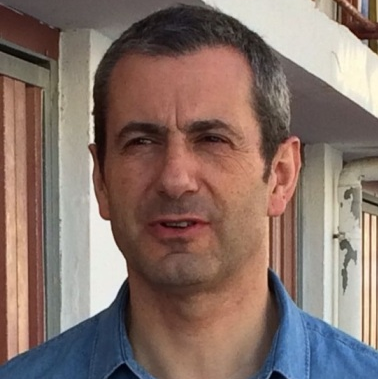Applications of Laser Scanning in Urban Environment
A special issue of Remote Sensing (ISSN 2072-4292). This special issue belongs to the section "Urban Remote Sensing".
Deadline for manuscript submissions: 15 June 2024 | Viewed by 6811
Special Issue Editors
Interests: ground-penetrating radar; close-range photogrammetry; terrestrial laser scanner; cultural heritage applications
Special Issues, Collections and Topics in MDPI journals
Interests: smart cities; smart infrastructures; mobile mapping; laser scanning; close range photogrammetry
Special Issues, Collections and Topics in MDPI journals
Special Issue Information
Dear Colleagues,
The use of laser scanning has increased in the last two decades to obtain detailed representations of urban and natural environments. Regarding urban areas, a new generation of LiDAR systems mounted on a vehicle has been presented, called Mobile Mappers or LiDAR Cars, which acquire very dense data quickly and accurately, without disturbing the traffic.
In parallel to the new LiDAR devices, point-cloud-processing techniques have also been improved. Denser and more accurate point clouds have led to the detection of more types of features and more detailed modelling. In addition, the strong emergence of geo-intelligence is contributing to new applications of urban data.
This Special Issue is dedicated to publishing high-quality original research articles, reviews and applications on the use of Mobile Mappers in urban city environments, from a wide-ranging perspective. Potential topics include, but are not limited to, the following:
- Data acquisition: road/street inventory, car/pedestrian safety, road/street maintenance, city mapping, building 3D mapping, transportation infrastructure mapping;
- Point cloud and image processing: geo-intelligence, artificial intelligence, machine learning, deep learning, big data;
- Digital city projects: modelling, digital twins, resource optimisation;
- New sensors: multi-sensor, multi-spectral and multi-angular systems; autonomous driving, low-cost devices;
- Reviews of the state of art in Mobile Laser Scanning.
Dr. Henrique Lorenzo
Dr. Pedro Arias-Sánchez
Guest Editors
Manuscript Submission Information
Manuscripts should be submitted online at www.mdpi.com by registering and logging in to this website. Once you are registered, click here to go to the submission form. Manuscripts can be submitted until the deadline. All submissions that pass pre-check are peer-reviewed. Accepted papers will be published continuously in the journal (as soon as accepted) and will be listed together on the special issue website. Research articles, review articles as well as short communications are invited. For planned papers, a title and short abstract (about 100 words) can be sent to the Editorial Office for announcement on this website.
Submitted manuscripts should not have been published previously, nor be under consideration for publication elsewhere (except conference proceedings papers). All manuscripts are thoroughly refereed through a single-blind peer-review process. A guide for authors and other relevant information for submission of manuscripts is available on the Instructions for Authors page. Remote Sensing is an international peer-reviewed open access semimonthly journal published by MDPI.
Please visit the Instructions for Authors page before submitting a manuscript. The Article Processing Charge (APC) for publication in this open access journal is 2700 CHF (Swiss Francs). Submitted papers should be well formatted and use good English. Authors may use MDPI's English editing service prior to publication or during author revisions.
Keywords
- LiDAR
- Mobile Laser Scanning (MLS)
- Mobile Mappers
- Point cloud processing
- Geo-intelligence






